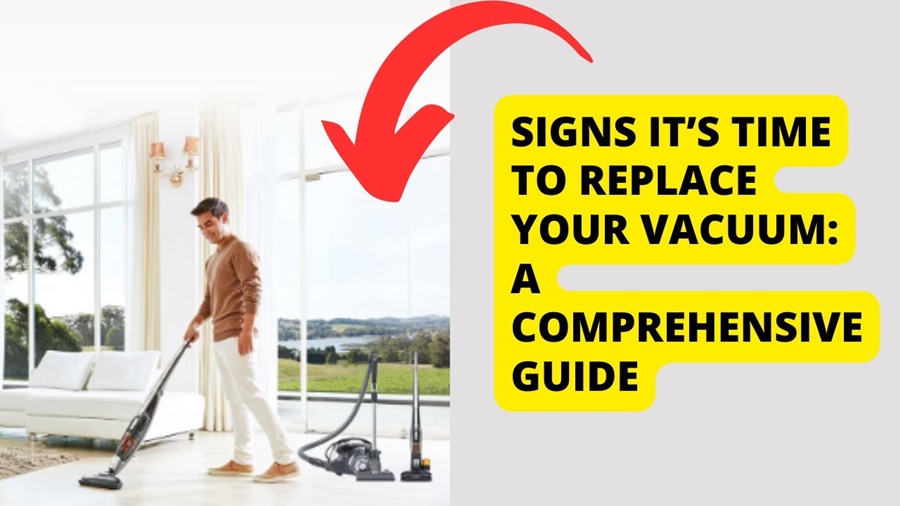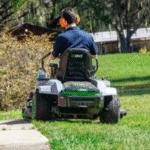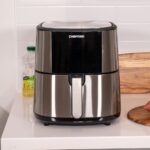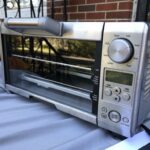A vacuum cleaner is a vital appliance in every household, responsible for keeping carpets, floors, and upholstery free from dust, allergens, and debris. However, like all machines, vacuums have a lifespan, and knowing when to replace them can save you from inefficiencies, frustration, and wasted money on repairs. In this guide, we cover the key signs your vacuum needs replacing, helping you make a well-informed decision before your machine fails completely.
1. Reduced Suction Power Despite Cleaning and Maintenance
One of the most obvious signs your vacuum needs replacing is a persistent loss of suction power. If your vacuum no longer picks up dirt as efficiently — even after replacing filters, cleaning the hose, checking for clogs, and emptying the dustbin — it may be that the motor or internal components are wearing out.
Over time, motors lose efficiency and internal seals may deteriorate, resulting in weak airflow. If you’ve ruled out minor issues and your vacuum still underperforms, it’s likely time for a new one.
2. Burning Smells or Unusual Noises During Operation
A healthy vacuum runs with a consistent sound. When you begin to notice unusual noises like grinding, rattling, or high-pitched whining, it often indicates mechanical wear. Coupled with a burning smell, this could mean the motor is overheating, belts are slipping, or parts are breaking down internally.
These issues can pose fire hazards or lead to permanent damage. In such cases, repair costs may exceed the price of a new unit, signaling it’s time for a replacement.
3. Frequent Overheating and Automatic Shut-Off
If your vacuum shuts off frequently mid-use, it’s a sign it’s overheating. Most vacuums have a thermal cutoff feature that activates when the motor temperature becomes unsafe. While clogged filters or dirty rollers can cause this, recurring overheating after thorough cleaning suggests internal deterioration.
Overheating vacuums not only risk damaging the unit but also reduce cleaning efficiency. Replacing your vacuum with a more reliable, heat-tolerant model is often the smartest choice.
4. Age of the Vacuum: Over 8 Years Old
The average lifespan of a vacuum is between 6 to 8 years, depending on usage, brand, and maintenance. If your vacuum has crossed this threshold and is showing performance issues, replacement is more economical than repair.
Modern vacuum technology has evolved significantly, with better suction power, quieter motors, improved filtration systems, and energy-efficient designs. Investing in an up-to-date model ensures better cleaning and energy savings.
5. Expensive or Discontinued Replacement Parts
If your vacuum needs new parts and you find they’re no longer manufactured or are costly, it might not be worth fixing. Motors, belts, filters, and hoses from discontinued models can be expensive, and repairs may be temporary solutions to recurring problems.
Spending money repeatedly on an old machine is not cost-effective. Instead, a new vacuum with available and affordable parts provides peace of mind and long-term performance.
6. Poor Performance on Multiple Surfaces
Older vacuums often struggle to transition between different floor types like carpet, hardwood, tile, and rugs. If you notice your vacuum isn’t performing well across various surfaces, lacks adjustable height settings, or the brush roller isn’t working properly, it may be time to upgrade.
Today’s vacuums come with multi-surface technology, adjustable suction settings, and specialized attachments — all designed to clean every part of your home more effectively.
7. Excessive Dust Emission and Allergy Flare-Ups
If your vacuum releases dust back into the air or you notice a rise in allergy symptoms, it may be due to a failing filtration system. HEPA filters or other advanced filters degrade over time and may no longer trap allergens effectively.
This compromises indoor air quality, especially for households with asthma sufferers or pets. Newer vacuums feature sealed HEPA systems that offer far superior dust containment. If your vacuum is causing sneezing instead of solving it, it’s time for a better machine.
8. Vacuum is Too Heavy or Bulky for Your Needs
As lifestyles and home layouts change, so do our needs for convenience. If your current vacuum feels too heavy, difficult to carry up stairs, or too bulky for tight spaces, it may no longer be practical.
Modern designs offer lightweight stick vacuums, robotic models, and cordless options with equal or better power than older upright vacuums. A new ergonomic design can dramatically improve the ease and efficiency of cleaning.
9. Battery Doesn’t Hold a Charge (For Cordless Models)
Cordless vacuums are convenient, but battery degradation is a common issue after a few years. If your vacuum only runs for a few minutes after a full charge, and battery replacement is expensive or unavailable, it’s more logical to purchase a new unit.
New models offer longer battery life, fast charging, and interchangeable batteries — providing much better performance and runtime.
10. You’re Spending More Time Cleaning Than Before
Are you noticing it takes significantly longer to clean the same areas? If you’re making multiple passes over one spot, emptying the bin too often, or dragging the machine behind you just to clean efficiently, your vacuum is no longer doing its job.
Time is valuable, and an inefficient vacuum is both frustrating and ineffective. A newer model will cut your cleaning time, increase productivity, and leave your floors visibly cleaner with less effort.
11. It Lacks Modern Features That Improve Cleaning
Technology in vacuum cleaners has evolved rapidly. If your current vacuum lacks features like:
- Bagless systems
- Smart sensors
- Automatic floor detection
- HEPA filtration
- Cordless functionality
- Smart home integration
you’re missing out on efficiency, convenience, and cleaner results. Upgrading gives you access to these modern enhancements, which make cleaning more efficient and tailored to your lifestyle.
When to Replace vs. Repair
While minor issues like a clogged hose or broken belt are worth fixing, a vacuum that needs major repairs, frequent fixes, or is older than 8 years is rarely worth the investment. If the repair cost is over 50% of the price of a new unit, replacing is the better long-term solution.
Conclusion
Waiting for your vacuum to completely stop working can leave you in a tough spot — especially before guests arrive or during allergy season. By recognizing these warning signs early, you can plan for a timely and smart replacement.








Leave a Reply